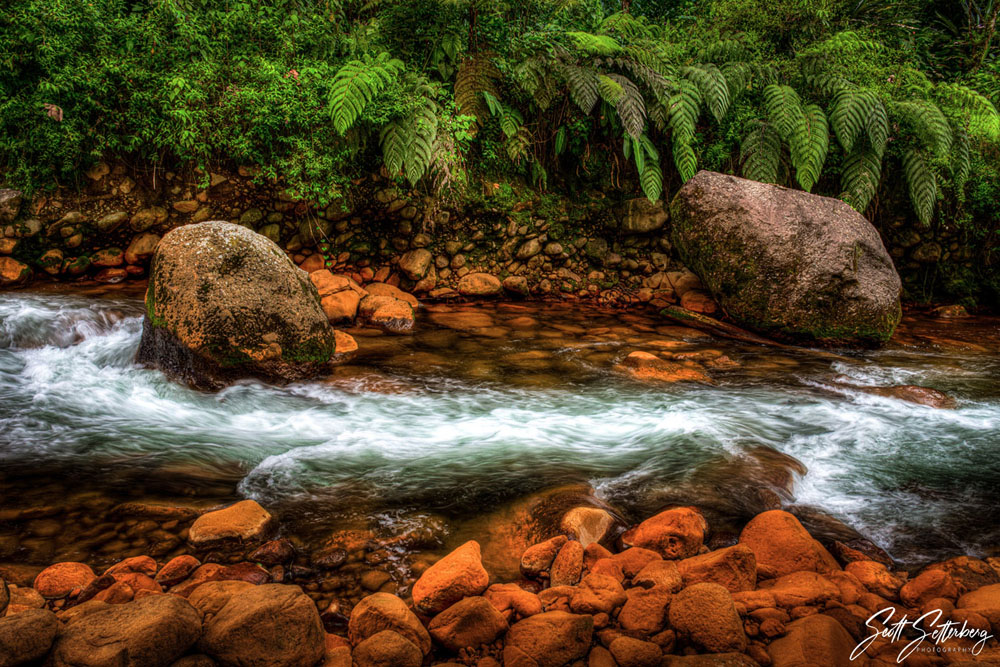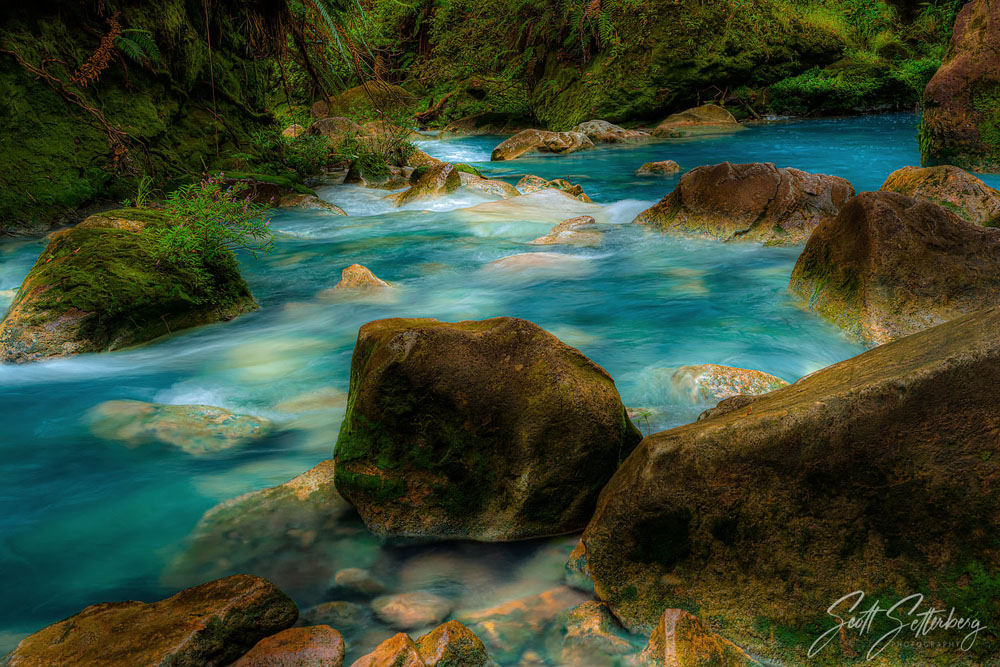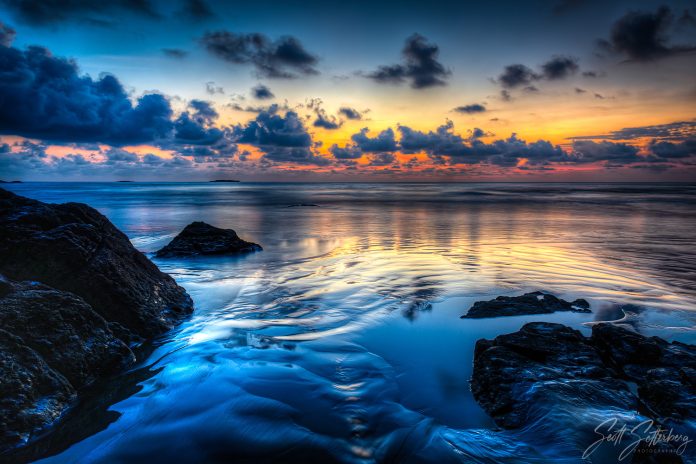Tucked into Central America, Costa Rica may be smaller than West Virginia, but what it lacks in size, it more than makes up for in photographic opportunities. From lush rainforests to dramatic coastlines, this country is a living, breathing canvas that offers photographers an unparalleled experience. For anyone passionate about capturing nature, wildlife, or culture, Costa Rica is not just a destination—it’s an adventure waiting to be framed through your lens.
Every corner of Costa Rica presents a new story. The morning light filters through cloud forests like magic, waterfalls cascade in perfect slow-motion opportunities, and sunsets across the Pacific paint the sky in hues that seem unreal. Wildlife encounters—from sloths and toucans to elusive quetzals—offer intimate and unforgettable photographic moments. This diversity in landscapes and species makes Costa Rica one of the most rewarding locations for photographers anywhere in the world.
But planning a photography trip to Costa Rica can feel overwhelming. Where do you go first? What time of year captures the best light? How do you balance photographing landscapes, wildlife, and culture all in one trip? In this guide, we’ll explore everything you need to know for an immersive Costa Rica Photography experience—from the top locations and wildlife to practical gear tips and guided tour options that can elevate your journey.
Table of Contents
- Wildlife Photography in Costa Rica
- Landscape Photography: Volcanoes, Beaches, and Cloud Forests
- Coastal and Marine Photography
- Culture and Street Photography in Costa Rica
- Essential Gear and Photography Tips
- Guided Photography Tours: Maximizing Your Experience
- Best Times to Visit for Costa Rica Photography
- Making the Most of Your Costa Rica Photography Trip
- FAQ
Wildlife Photography in Costa Rica
For wildlife photographers, Costa Rica is a paradise. Despite its small size, the country hosts nearly 5% of the world’s species. This density of biodiversity makes wildlife photography here incredibly rewarding. From the sloths that lazily cling to tree branches to the colorful scarlet macaws gliding overhead, every moment feels like a rare opportunity to capture nature in its purest form.
Bird photographers will especially find Costa Rica irresistible. The Resplendent Quetzal, often elusive in other countries, can be photographed in cloud forests like Monteverde or San Gerardo de Dota. Toucans, hummingbirds, and motmots provide endless variety and challenges, allowing photographers to experiment with composition, shutter speed, and depth of field.
Mammals are equally impressive. Howler monkeys create dramatic compositions in the canopy, while coatis and sloths offer slower, more contemplative subjects. Even jaguar footprints in remote reserves like Corcovado provide a chance to tell a story through images. For amphibians and insects, macro photography becomes an essential tool, letting you explore the intricate details of Costa Rica’s microfauna.
Planning wildlife photography in Costa Rica requires patience, early mornings, and often guided assistance. Many of the best sightings occur at dawn or dusk. Guided tours led by experienced photographers or naturalists can significantly increase your chances of capturing rare species while providing safety and logistical support in dense forests and remote locations.
Landscape Photography: Volcanoes, Beaches, and Cloud Forests

Costa Rica’s landscapes are nothing short of cinematic. Volcanoes like Arenal and Poás offer dramatic silhouettes against colorful skies. Morning mist often clings to the slopes, creating ethereal and moody compositions perfect for landscape photography. Each volcano presents unique challenges and opportunities—from lava fields to crater lakes, requiring photographers to plan their timing for optimal lighting.
Cloud forests such as Monteverde transport photographers into a dreamlike environment. Fog drifts between the trees, moss-covered branches glisten with moisture, and winding trails provide natural leading lines for composition. These environments are ideal for experimenting with exposure, white balance, and filters to capture the mystical atmosphere.
The country’s coastlines provide equally stunning options. The Pacific side features black sand beaches and jagged cliffs, ideal for dramatic seascapes and sunset photography. On the Caribbean coast, warm, vibrant waters and lush vegetation create a more tropical and inviting scene. Photographers can explore both coasts in a single day if planned carefully, offering the chance to capture sunrise and sunset in entirely different settings.
Photography in these diverse landscapes requires versatility. Tripods, ND filters, and wide-angle lenses are essential tools. Being prepared for sudden weather changes—common in tropical climates—ensures you never miss the perfect light or dramatic cloud formation.
Coastal and Marine Photography

Costa Rica’s coasts are a haven for marine life photography. The Pacific side is home to dolphins, whales, and expansive coral reefs, while Tortuguero on the Caribbean coast offers opportunities to photograph sea turtles nesting at night. These encounters allow photographers to capture unique, intimate wildlife moments that go beyond standard travel imagery.
Underwater photography enthusiasts will find vibrant ecosystems to explore with waterproof housings and macro lenses. From reef fish to coral formations, there’s a world of detail waiting beneath the surface. Even casual photographers can benefit from guided boat tours that bring them closer to dolphins, manta rays, and other marine wildlife.
Beaches themselves are subjects, too. The interplay of waves, sand textures, and light can create abstract compositions, while bioluminescent beaches provide rare night photography opportunities. Coastal towns like Puerto Viejo and Santa Teresa add cultural context to marine photography, combining surf culture, fishing boats, and local communities with natural beauty.
Culture and Street Photography in Costa Rica
While landscapes and wildlife dominate much of Costa Rica Photography, the culture and people add depth to your portfolio. Known as Ticos, locals bring warmth, color, and vibrancy to every frame. From farmers tending coffee plantations in the highlands to artisans in towns like Sarchí, there’s a quiet dignity and authenticity that shines through your lens.
Street photography in Costa Rica thrives on its textures and details. Colorful markets, painted murals, and the playful energy of children offer countless opportunities for capturing candid moments. Small towns and villages provide an intimate perspective on daily life, contrasting with the grandeur of natural landscapes.
Combining cultural elements with natural scenery can lead to compelling storytelling. Photographers can juxtapose local markets with volcanic backdrops or capture surfers at dawn with palm-lined beaches. These connections enrich your images, making them more than just scenic photographs—they become narratives.
Essential Gear and Photography Tips

To make the most of Costa Rica Photography, you’ll need gear that can handle both nature and unpredictability. Weather-sealed cameras are essential due to high humidity and frequent rain. A versatile telephoto lens allows you to photograph wildlife without disturbing them, while a macro lens is perfect for frogs, insects, and plant life.
Tripods and ND filters are invaluable for capturing smooth waterfalls, silky rivers, and sunset seascapes. Dry bags protect your equipment during rainy hikes or boat trips. Extra batteries and memory cards are a must, as opportunities for extraordinary shots can happen multiple times a day.
Preparation is key. Scout locations in advance, understand local wildlife habits, and study the landscape for ideal compositions. Flexibility and patience often yield the most memorable images, especially when chasing light, weather, or animal behavior.
Guided Photography Tours: Maximizing Your Experience

For photographers who want to focus solely on creating images without worrying about logistics, guided photography tours are invaluable. Scott Setterberg of ColorTexturePhotoTours exemplifies this approach. With decades of professional experience, Scott designs immersive photography workshops that handle accommodations, transportation, and timing so you can focus entirely on capturing stunning images.
His tours provide access to off-the-beaten-path locations that many photographers would struggle to find alone. From hidden waterfalls to remote cloud forests, each stop is carefully chosen to maximize photographic potential. Small group sizes ensure personal instruction and tailored guidance throughout the trip.
Beyond locations, Scott offers in-depth coaching on techniques like long exposures, wildlife photography, and composition in complex environments. His teaching style is approachable and supportive, helping both beginners and advanced photographers elevate their craft while exploring one of the most beautiful countries on Earth.
Best Times to Visit for Costa Rica Photography

Timing your visit can dramatically impact your photography experience. The dry season, from December to April, offers consistent weather and vibrant landscapes. It’s ideal for outdoor activities, long hikes, and beach photography. Sunrises and sunsets are predictable, giving you more control over your compositions.
The green season, from May through November, brings lush vegetation and dramatic skies perfect for moody, atmospheric shots. Rain can be heavy but brief, often creating rainbows and enhancing waterfall photography. Fewer tourists during this season also allow for more intimate wildlife encounters and unhindered access to prime locations.
Regardless of the season, early mornings and late afternoons provide the best light. Planning around golden hours maximizes contrast and saturation, creating images that reflect the true vibrancy of Costa Rica’s landscapes and wildlife.
Making the Most of Your Costa Rica Photography Trip

Costa Rica offers endless photographic opportunities, but careful planning can enhance your experience. Prioritize locations that align with your interests, whether it’s wildlife, landscapes, or culture. Balance your itinerary to allow time for both exploration and deliberate photography sessions. Patience often pays off more than rushing from one site to another.
Consider combining independent exploration with guided tours. While self-guided trips offer freedom, professional guides like Scott Setterberg with ColorTexturePhotoTours provide access to rare spots and practical photography instruction. This hybrid approach ensures you capture both iconic and hidden gems without stress.
Finally, embrace the unpredictability. Weather changes, wildlife behavior, and spontaneous cultural events can all lead to unexpected and extraordinary images. Being adaptable allows you to seize moments that become the heart of your Costa Rica Photography portfolio.
FAQ
What is the best time of year for Costa Rica Photography?
The dry season, from December to April, is ideal for consistent weather and vibrant landscapes. The green season, May to November, is perfect for lush foliage, waterfalls, and dramatic skies.
Do I need a guide for wildlife photography in Costa Rica?
While not required, a guide increases your chances of seeing rare species and helps navigate dense forests or remote reserves safely.
What lenses are recommended for Costa Rica Photography?
A versatile telephoto lens is essential for wildlife, a wide-angle lens for landscapes, and a macro lens for insects and plants. Tripods and ND filters are also highly recommended.
Can beginners enjoy a Costa Rica photography tour?
Absolutely. Guided tours with experienced instructors, like those from ColorTexturePhotoTours, cater to all skill levels and offer personalized support.
Are Costa Rica’s coasts suitable for photography?
Yes. Both the Pacific and Caribbean coasts provide stunning landscapes, marine life, and cultural opportunities, from black sand beaches to bioluminescent nights.
How do I protect my gear from Costa Rica’s climate?
Weather-sealed cameras, dry bags, and microfiber cloths are essential to protect equipment from rain, humidity, and saltwater exposure.
Can I photograph both wildlife and landscapes in the same trip?
Yes. Costa Rica’s small size allows for diverse itineraries where you can capture volcanoes, cloud forests, beaches, and wildlife within the same visit.
Heads up: Clicking on our affiliate links and exploring our sponsored content helps us at no extra cost to you, and we only recommend gear we’re absolutely crazy about!


gfdsgdfs